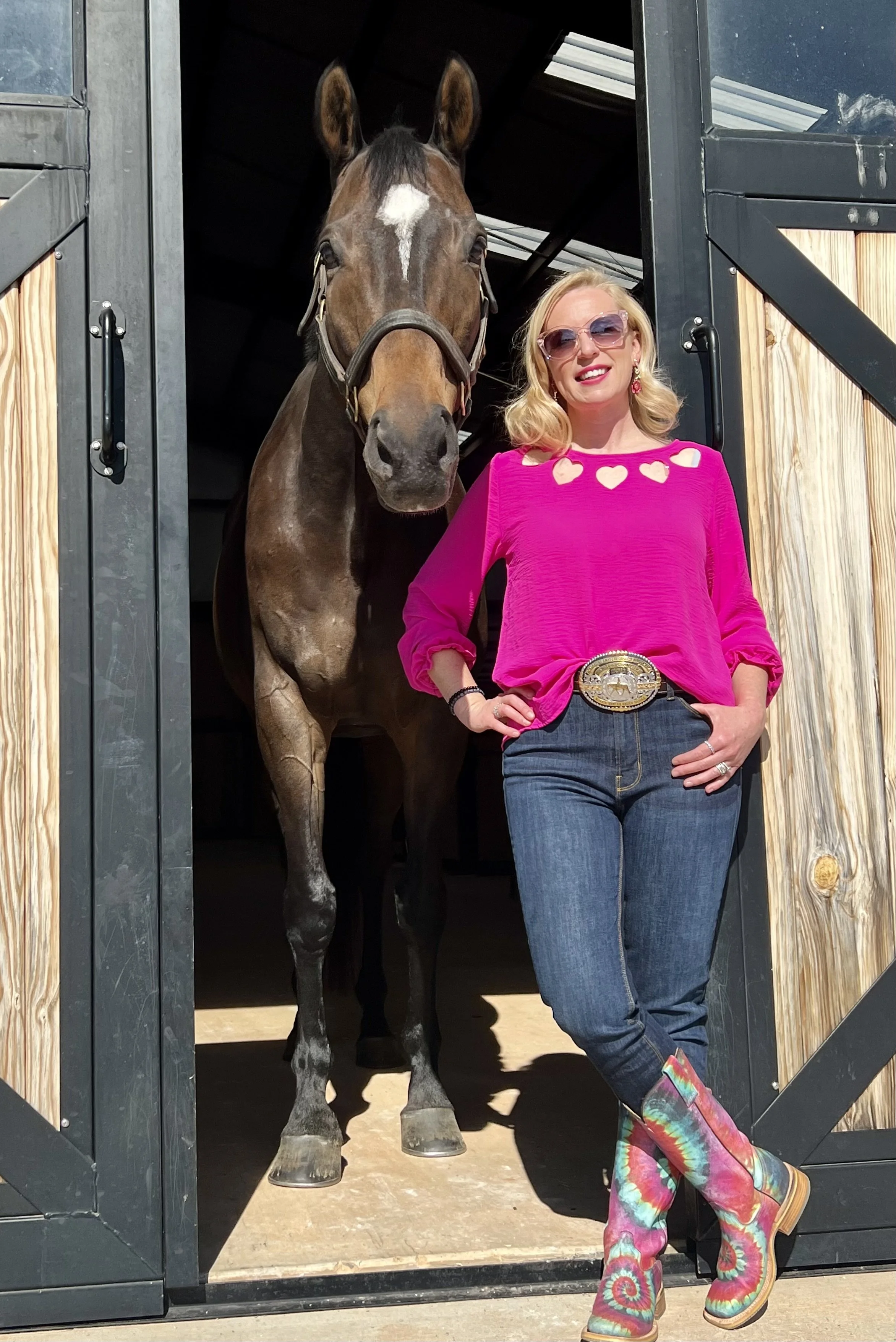IRAP Joint Injections
Osteoarthritis is the leading cause of lameness in horses and is one of the biggest causes of poor performance and a decreased competitive lifespan. This is true for all types of equine athletes, from racehorses to dressage to show jumping to reining and western pleasure horses. Both young and old horses can be affected by degenerative joint disease resulting in a loss of athletic ability and possible early retirement. It is our responsibility as horse owners to help manage this as best we can.
Traditionally arthritis is managed with supplements that lower inflammation and provide support to the joint, changes in trimming/shoeing, exercise adjustments, special wraps (Back On Track and Incrediwear) and cortisone joint injections. But now many vets are recommending IRAP joint injections to help heal and manage the pain associated with osteoarthritis. IRAP is produced from your horse’s own blood and can be injected into joints to treat inflammation and lameness, and to encourage joint healing.
IRAP is different from other products because it treats the cause of joint disease and its action is aimed at restoring joint lining and cartilage function. Studies performed in Colorado State University show that treated horses demonstrate reduced lameness, improved joint histology (cellular make up) and a tendency towards cartilage preservation.
I first became aware of IRAP when my horse Shooter needed hock injections but were worried he could develop laminitis from the cortisone steroid injections. So we tried IRAP and I was blown away by the results. Within about two weeks he was moving so free and beautiful behind, being able to fully engage and swing his hocks under himself. I was also super impressed by how long the results lasted. Normally we injected him with the cortisone 2-3 times a year but his first IRAP injections lasted well over a year.
How does IRAP work?
When a horse’s joint becomes injured, the body’s normal repair process includes the release of chemical components that can actually accelerate cartilage and joint damage. These components include a chemical called interleukin-1 (IL-1), which binds to IL-1 receptors on the surface of the joint, and is responsible for causing ongoing inflammation, pain and lameness. Blood is collected from the horse and incubated for 24 hours in special syringes that contain glass beads that induce the white blood cells present in the blood to produce and secrete therapeutic proteins, namely, IRAP.
Once prepared, the sterile solution of IRAP, called autologous conditioned serum (ACS), can then be injected into the joint, where it binds to the IL-1 receptors, preventing the IL-1 from binding to them and suppressing its action. This helps to alleviate pain and reduce lameness.
Typically each collection yields enough serum for 3-5 injections. My vet recommends two sets of injections 7-14 days apart for the first treatment with IRAP and then one set of injections going forward as needed. Horses typically need about 3 days off after the injections and 3 days of bute or equioxx.
Dreamer’s sterile solution of IRAP.
Dreamer getting his IRAP joint injections in his hocks.
Why use IRAP over traditional steroid injections?
Traditionally the most common medication for the management of joint disease has been cortisone injections. With cortisone injections you often see a sudden response and improvement in the degree of lameness that then gradually wears off over a period of time (6-12 months). When cortisone injections are repeated you often see a decrease in the interval between treatments. Meaning, that the more cortisone injections a horse has into a particular joint, the shorter the duration of therapeutic effect and the sooner that joint will need to be treated again. There's also concern that repeated cortisone shots might damage the cartilage within a joint and long term, multiple uses can actually be doing more damage than good. There is also a risk of laminitis occurring from the steroids. IRAP typically lasts longer and is more effective at treating and hopefully healing some of the damage done by arthritis.
The only downside to IRAP is that it is more expensive than traditional steroid joint injections and the first treatment needs to be done twice 7-14 days apart. But in many cases there will be enough serum left over to treat them again when needed (hopefully a year or more from the first injections). Results usually are seen 2-3 weeks out from the injections compared to steroid injections which are usually fully realized in a few days to a week.
I recently had Dreamer’s hocks injected with IRAP before the first show of the season and was super impressed with how well he moved and looked throughout the whole show and would highly recommend talking to your vet about IRAP if you have a horse who suffers from arthritis.
Dreamer in la-la land from sedation while getting his IRAP












